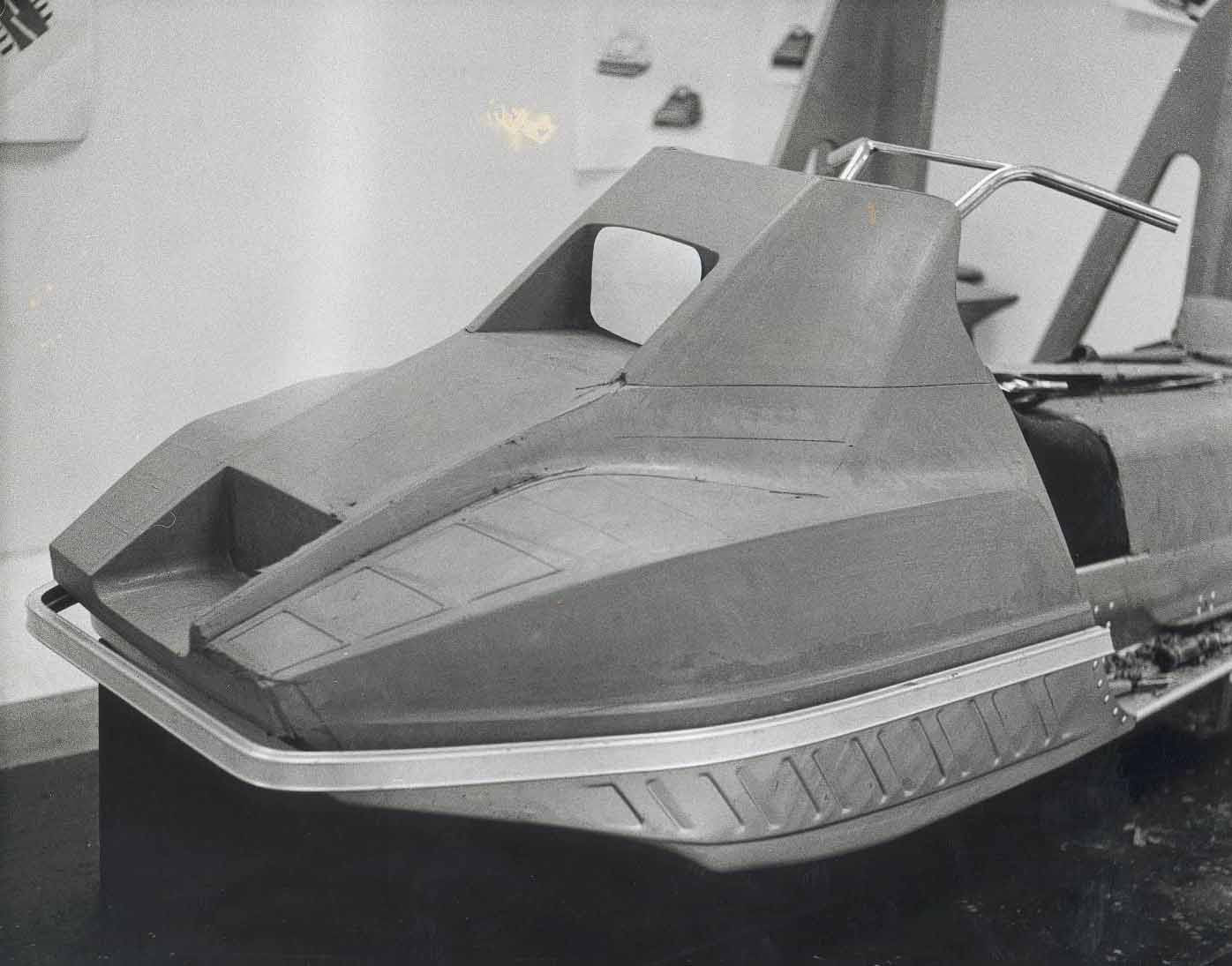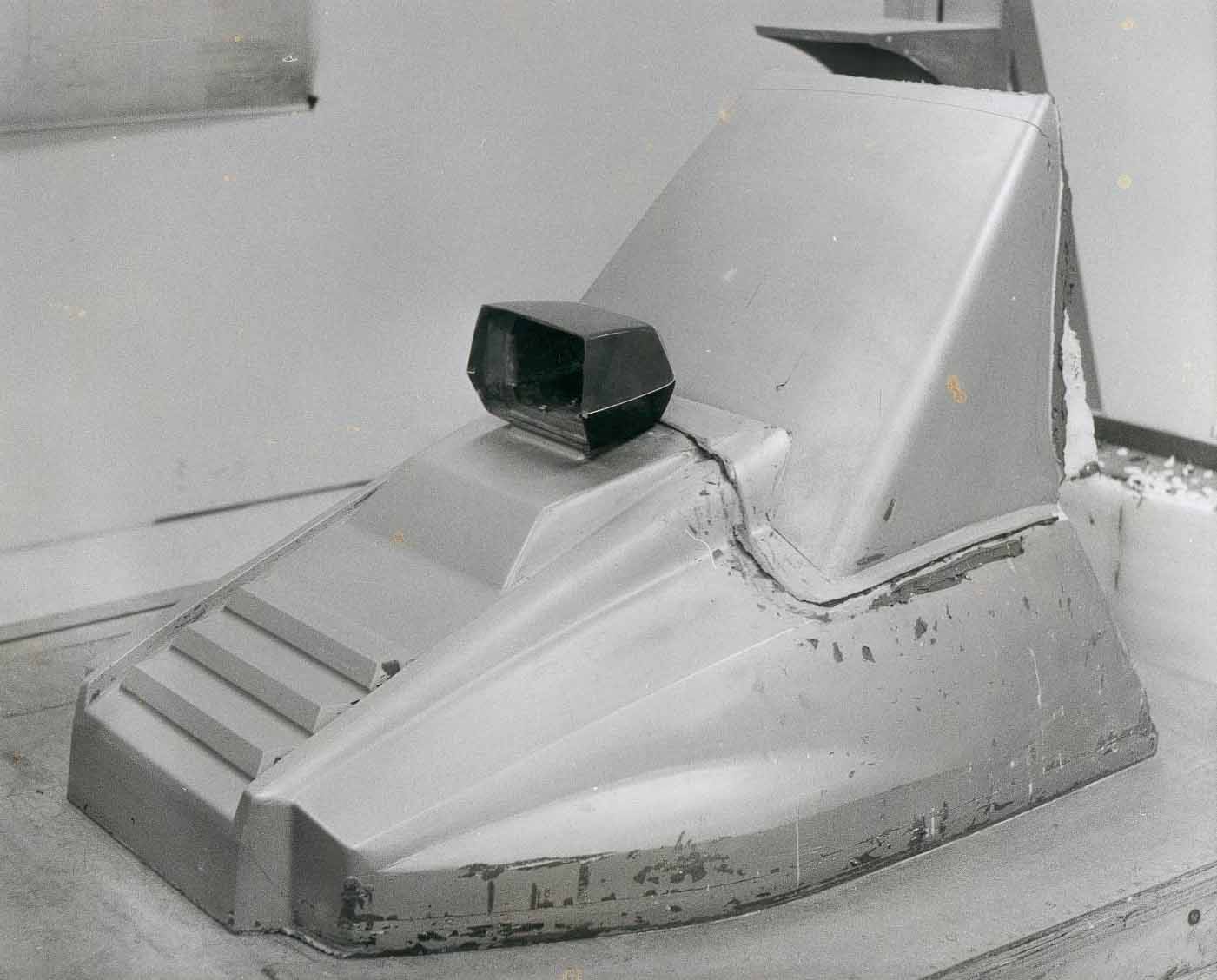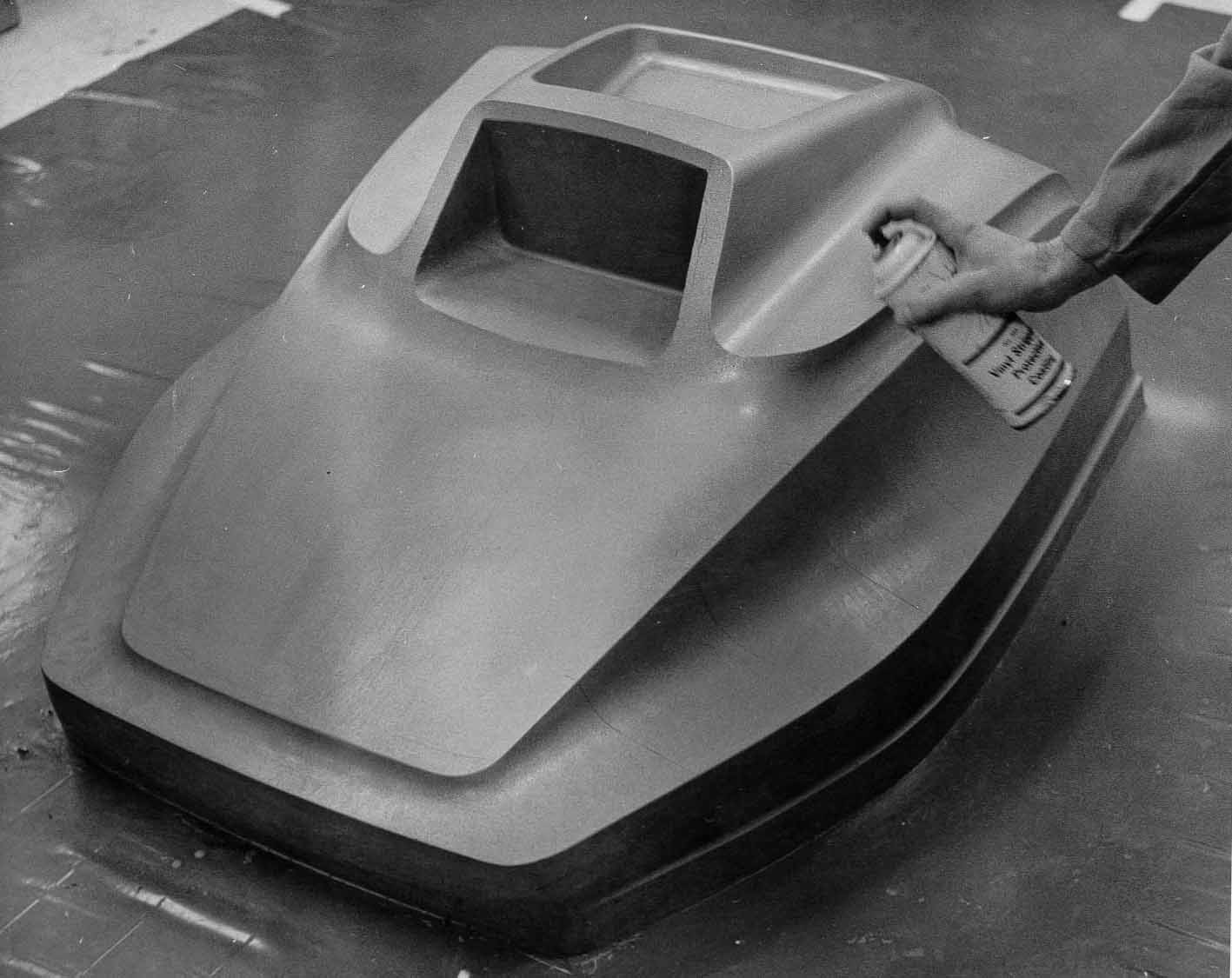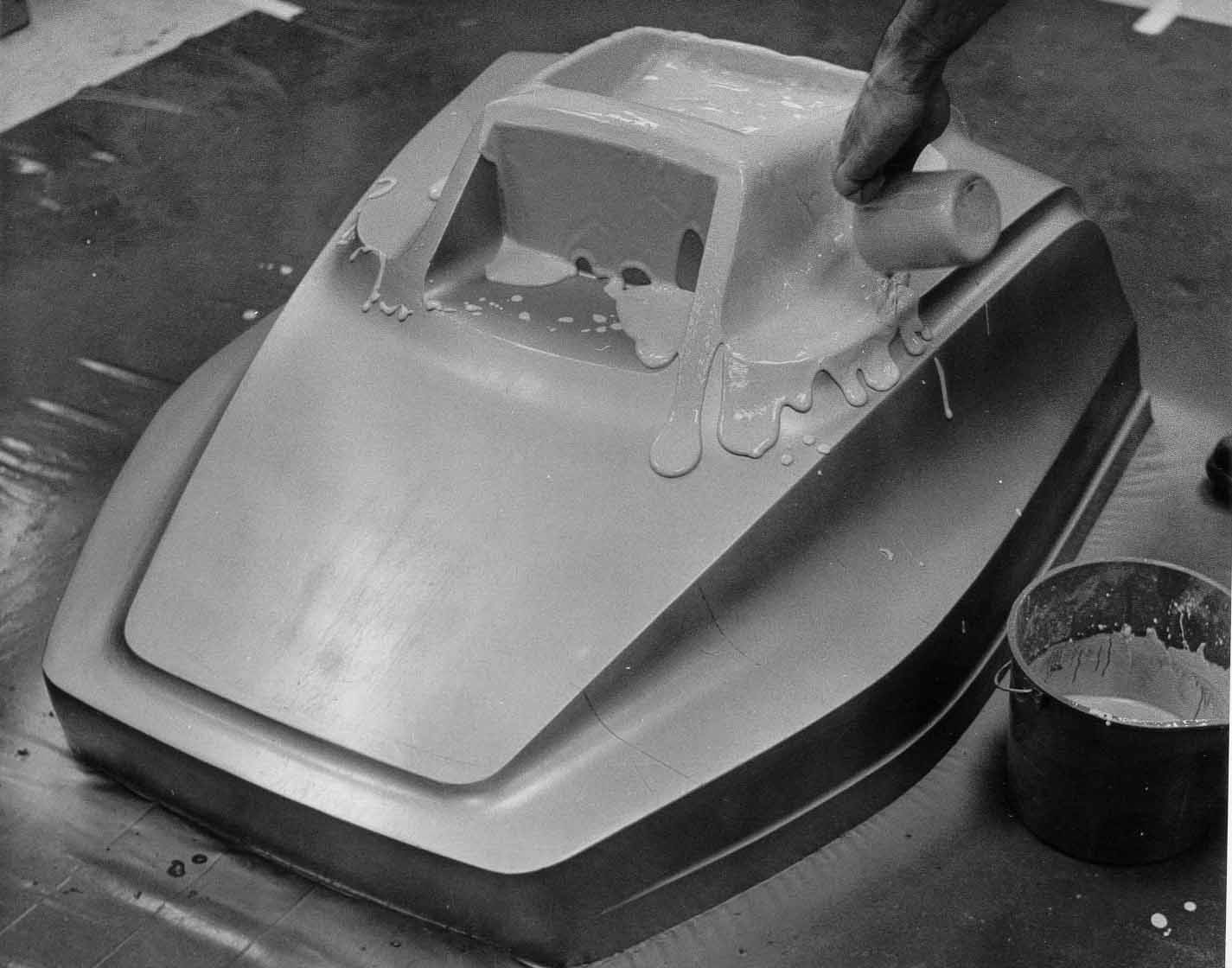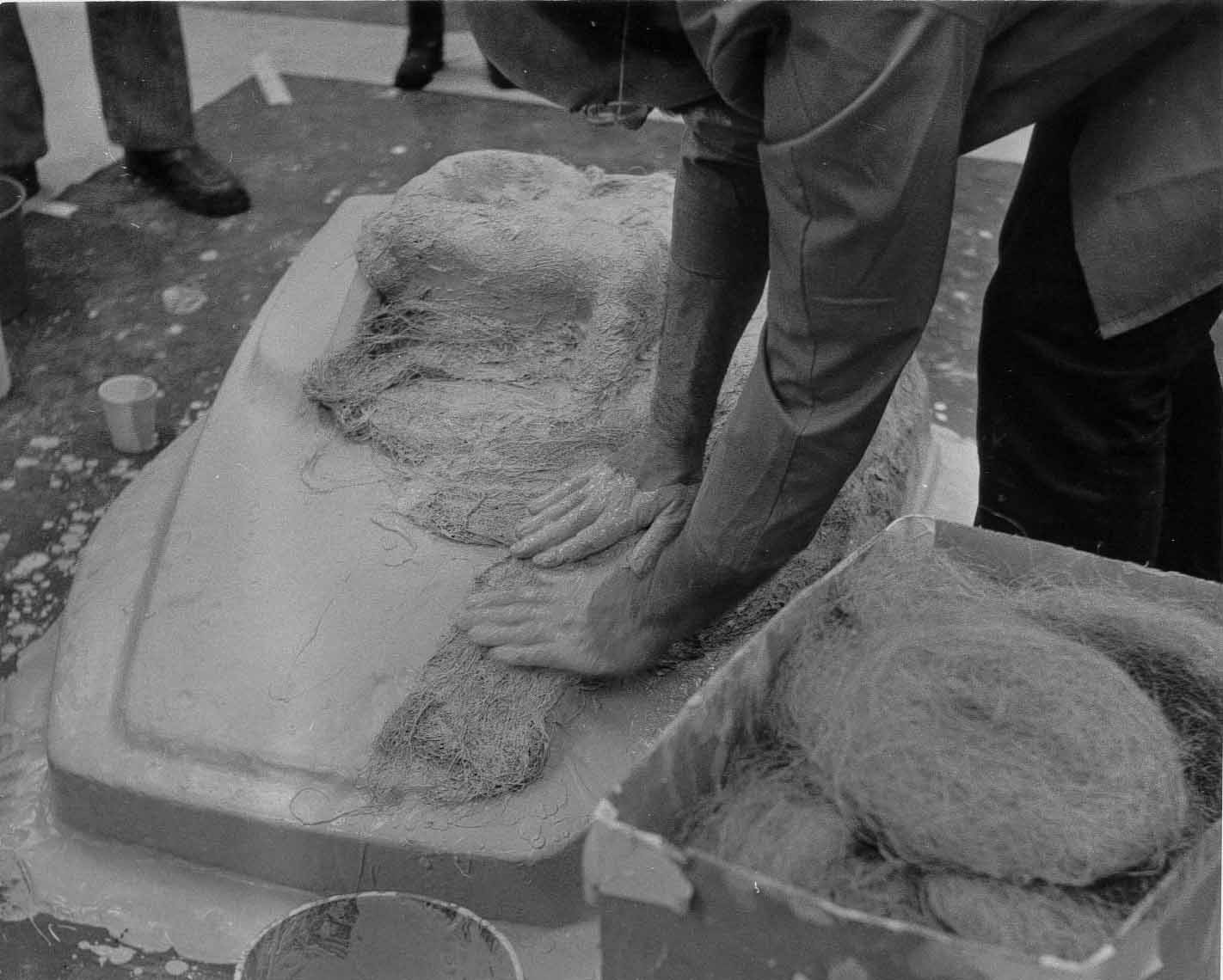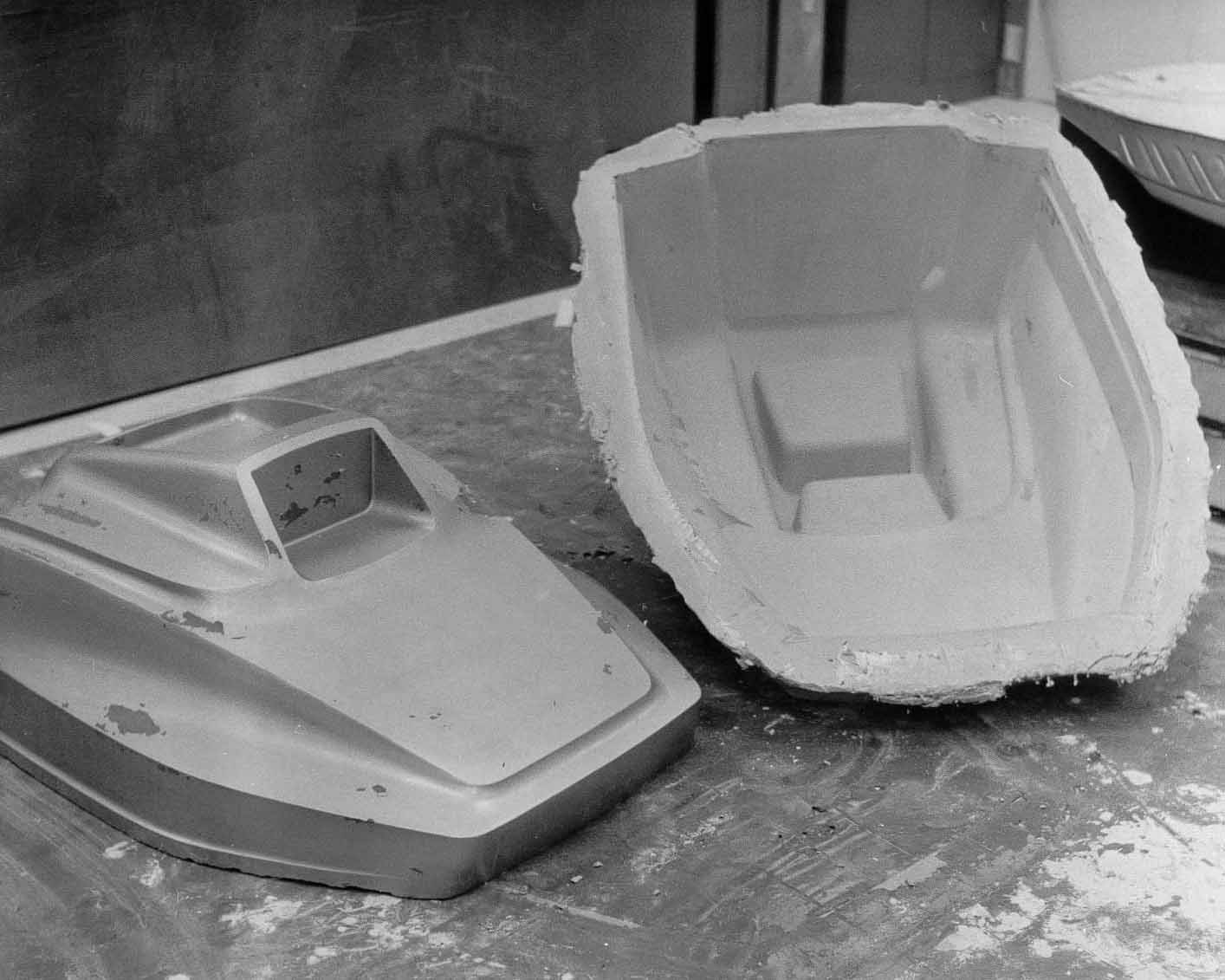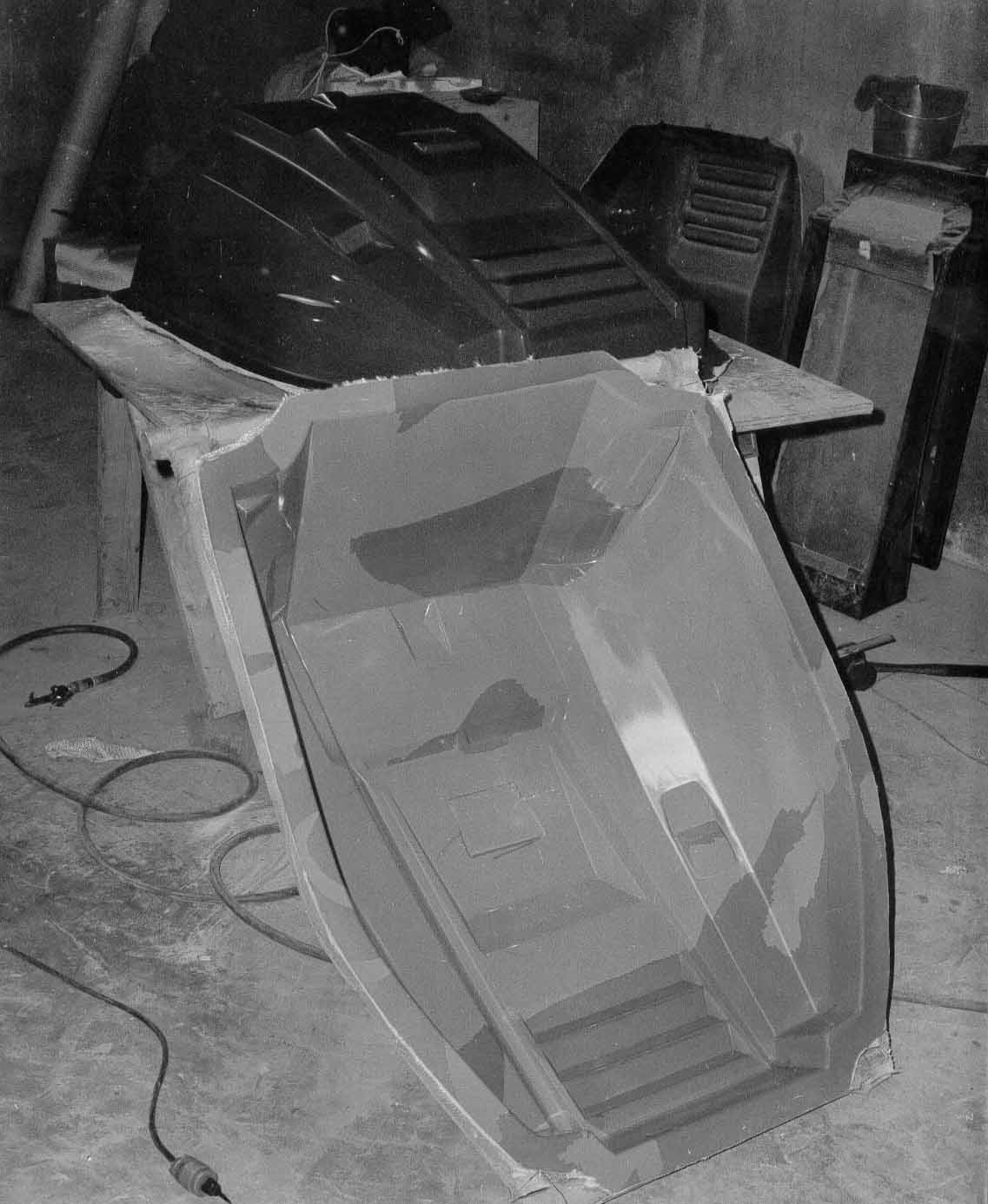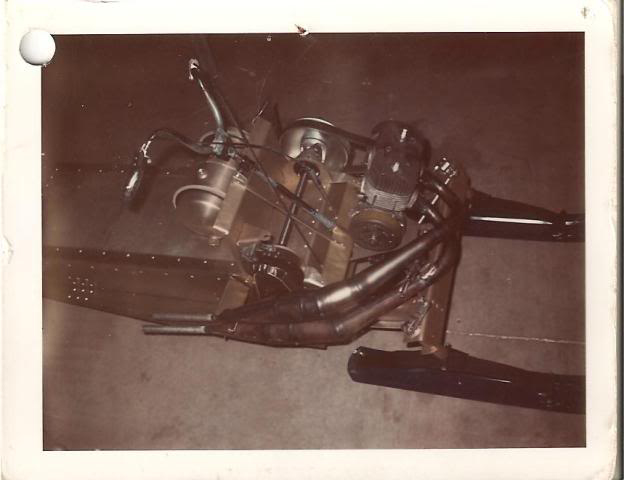
Sno*Jet Research, Development and Prototypes
This is broken down into 3 different sections. Make sure to scroll all the way to the bottom to see everything.
Section 1: These photos are owned by Shawn Horner. They were taken back when the Thunder Jets were still in development.

Here's the 71 Thunder Jet.
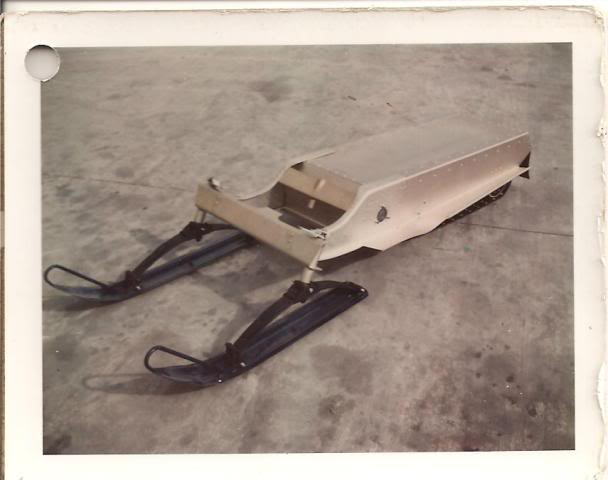
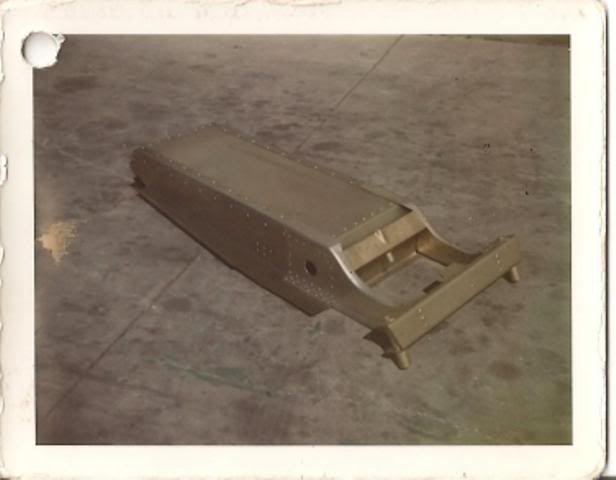
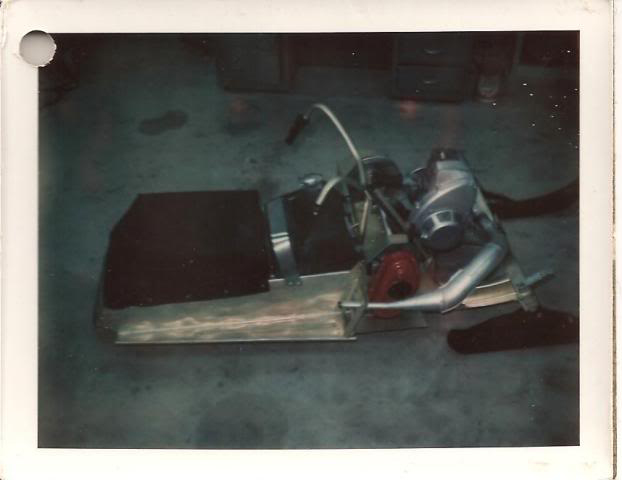
Here's the 72 Thunder Jet.
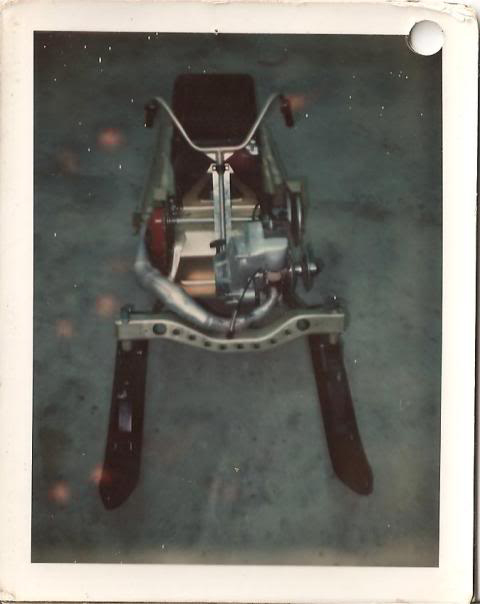
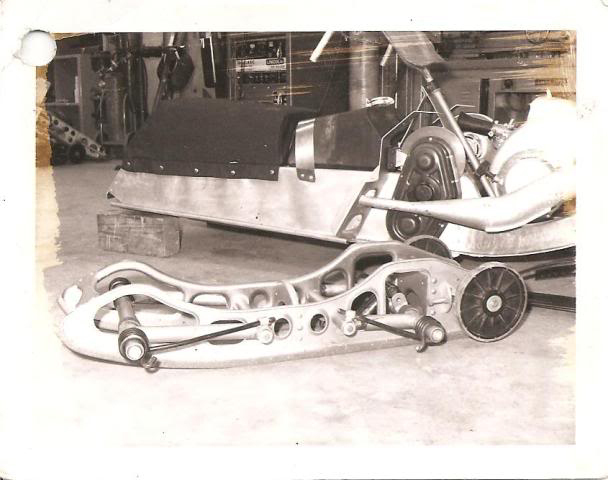
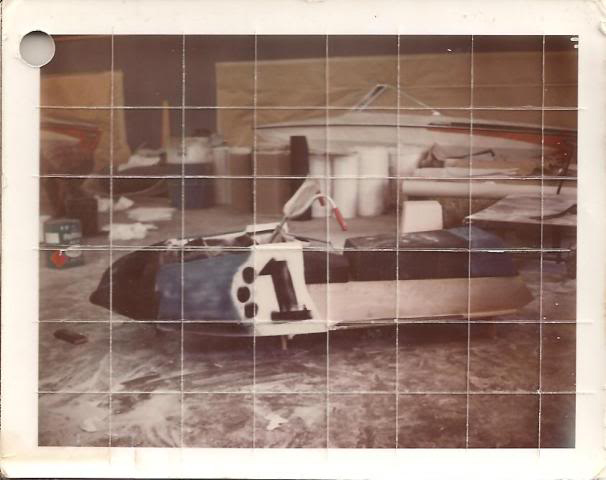
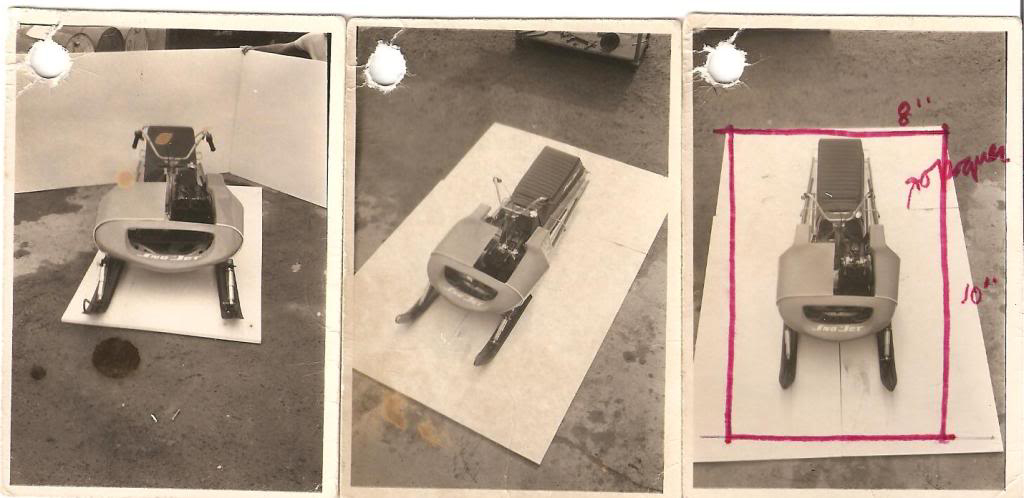
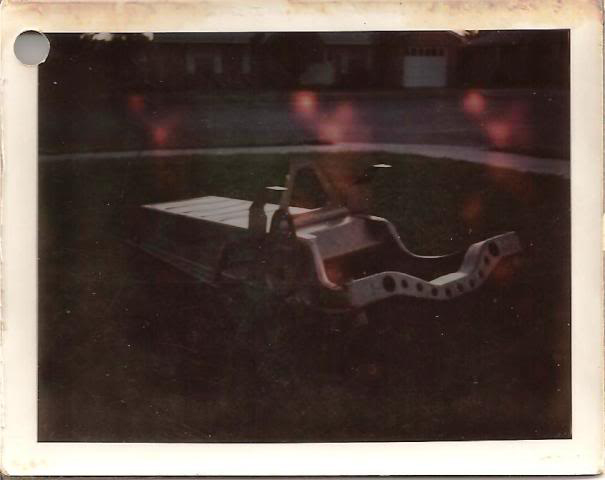
This is actually one of the prototypes for 72. It looks pretty sharp, but I think they make the right call with the current 72 glass.
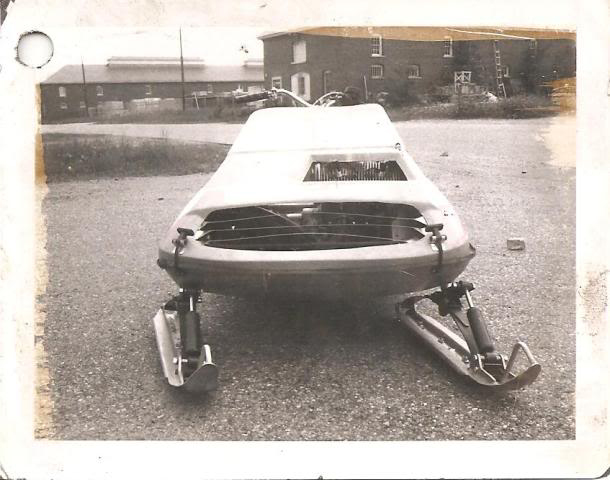
Section 2: The pictures below are sketches done by Charles Beaudet from Neuville Quebec. Charles worked in the R&D deptartment between 1969 and 1972 in Thetford Mines. He was in charge of developing new cab styles, then would build prototype cabs from the drawings. At the time they were carved in foam. Charles and found a few sketches of models that made it to production and some that didn't. Charles designed the 1970 Super Sport, the Star Jet models, the SST with the offset headlamp and a few others.
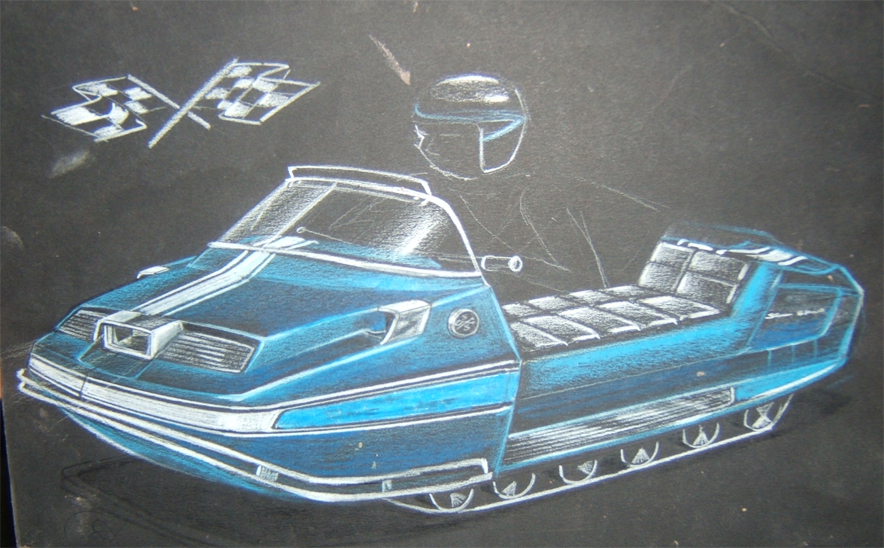
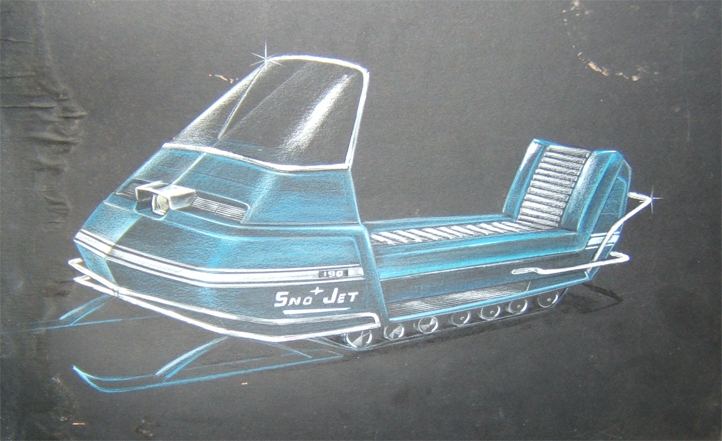
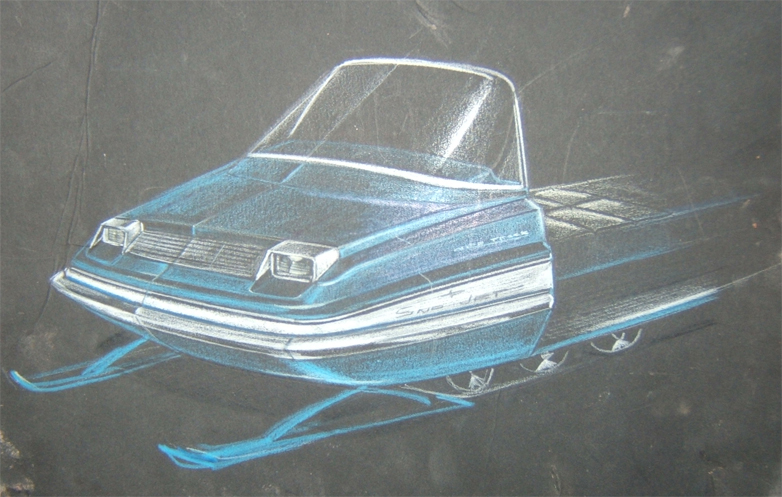
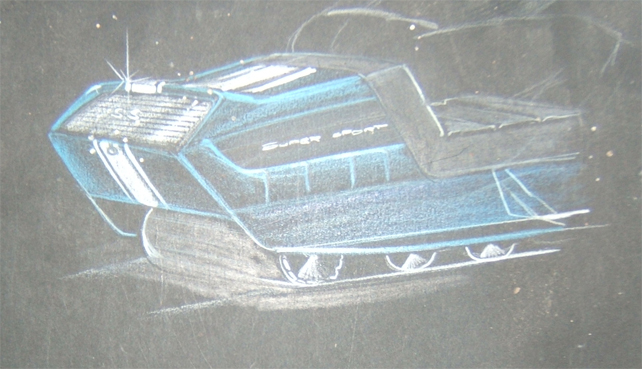
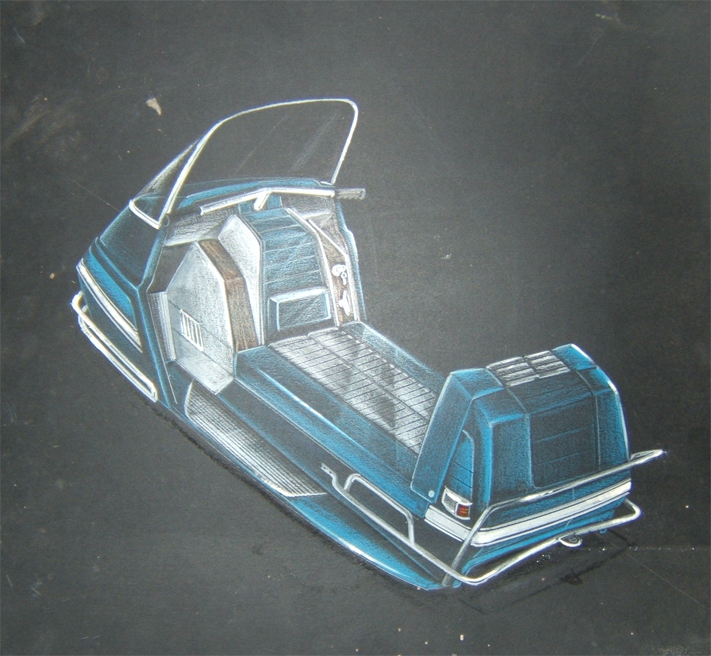
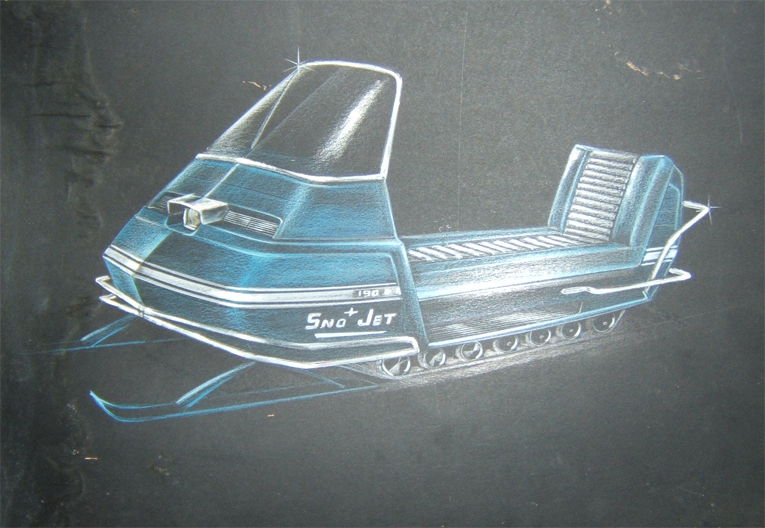
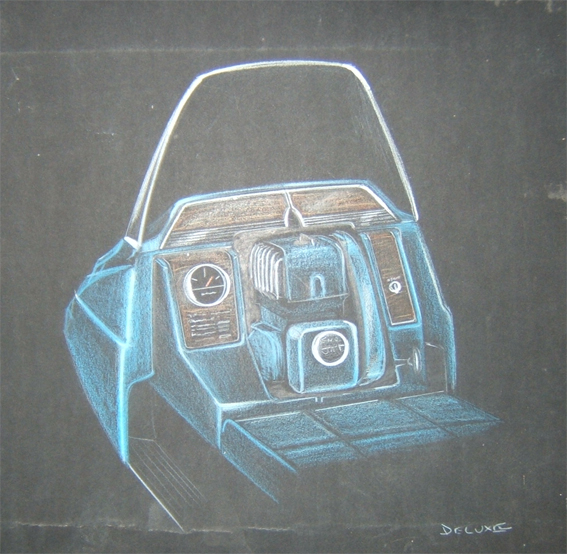
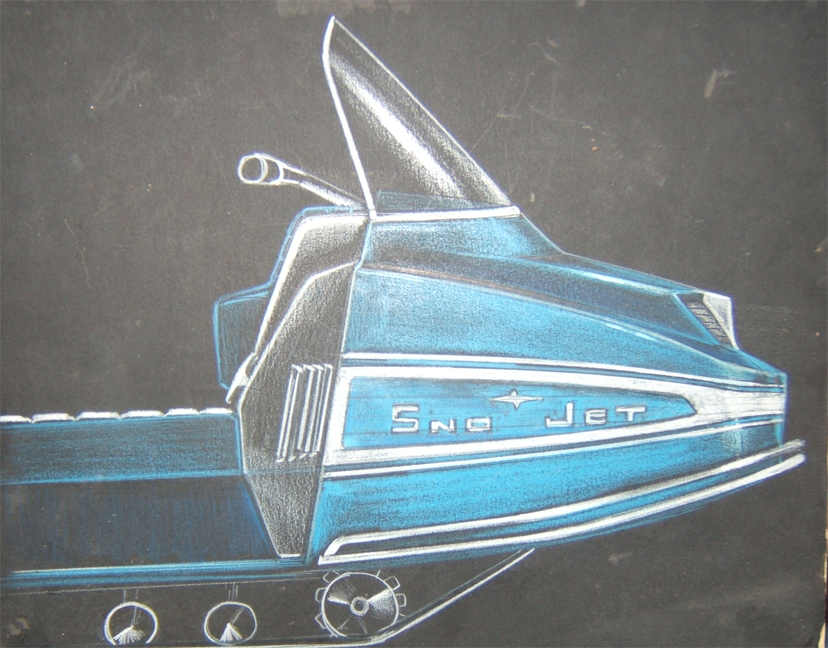
Section 3: Peter Morris used to work for Sno-Jet from early 1972 thru to1976. There were four guys working out of an old drafty cavalry stable in Vermont that designed the World Champion Thunder-Jets. Every sled, even today, owes it's chassis layout to the 1972 T-Jets.
When Glastron bought Sno-Jet, they knew it would need a serious R&D upgrade to move it closer to the top of the pack. There were as many as 120 different snowmobile manufacturers in the early '70's, so there was little to separate 'Brand A' from 'Brand Z'. Ski-Doos were yellow, Moto-Skis were orange, Chaparrals were red. The Raider and the Husky were the only dramatic departures from the basic design. Bombardier, Artic Cat, and Polaris were in early enough to have the market share to afford national marketing campaigns. So any new players would have to scrap over the remainder of the pie. When the pie gets cut into 120 pieces, some of the slices tend to be a bit skinny.
But, when most of the components can be supplied OEM,. the only real cost to tooling up a new sled is the fiberglass cowl and copying someone else's tunnel and chassis layout. Engines were easy to find (CCW, Rotax, Hirth, etc.), and you could buy your tracks, bogies, drive shafts, clutches, and everything else from Arctic Cat, or the other competitors. The price of admission into this industry was fairly small. Create a new brand name/logo, and find a color no one else has grabbed yet... Poof, you're in!
Conroy knew that to become the 'next Bombardier', they would have to leapfrog the status quo. Since Sno-Jet was located in Thetford Mines, PQ. It was hard to intice any talented R&D and marketing personnel to the 'Asbestos Capital of the World'. Sno-Jet had Jim Poirier as their Industrial Designer/Stylist and some pretty good engineers when Glastron came in... but Glastron needed more, and premier players. So they decided to move marketing and R&D to Vermont, where they could attract high quality talent. The head-hunters took over from there.
They found Duane Aho as the Chief Engineer (from one of the outboard companies: OMC or Mercury?). Bob Mackin as the Mechanical Designer, and Harland Lipker as the Prototype Builder/Tuner/Mechanic. This was the core of the Advanced Development Team. Peter was the fourth one in the door, as they were looking for a 'jack-of-all-trades' to do the drafting, assembly drawings, exploded view illustrations, model making, additional styling proposals, etc. It was this team of 3 or 4 that created the more revolutionary models to come.... starting with a blank sheet of paper in 1971. Peter arrived just in time to help finish up the 1972 Thunder Jet racers: 250/440/and 650. The first time a Thunder Jet took to the race track was at Thunder Road Speed Bowl, in Barre Vermont.There are some good little stories that accompanied the introduction of the Thunder Jet to the snowmobile race world, more of those on the way.
Since the team was small and lightly budgeted, you might expect this to have a disadvantage to the multi-million $$ labratories at Ski-Doo and Arctic Cat. But because there was no huge corporate entity to wade through, advanced designs could be proposed and approved on the same day. No waiting for the bean-counters, skeptics, and marketing people to add their 2 cents.... and take an extra year to dillute a perfectly good idea!!
The Phantom Jet
The Phantom Jet was the 'brain child' of Bob Mackin (Senior Mechanical Designer). The original Thunder Jet had given birth to the idea of placing the engine weight down between the pork chops, vs sitting high on the tunnel... and the rest of the world confirmed this arrangement's validity by following suit... this layout became the 'gold standard'. Bob was madly in love with the concept of a 'monocoque chassis' (heavy frame members swapped for a lighter sheet metal shell). He petitioned for this tirelessly, until Duane Aho and upper management conceded to prove this out with prototypes. I was also excited by this leap in design.
(NOTE: Since there were over one hundred companies competing for market share, during the years of 'snowmobile mania', there were some amazing leaps in technology and design. As I had said earlier, when all that separates a Ski-Doo from a Ski-Daddler was the paint job... you had to reach waaaaay out to hopefully 'leap frog' the rest of the pack! Since a new concept may take 2 to 3 years from being 'a sketch on a napkin' to a production model... you wanted to be sure your concept was still fresh when it hit the showroom floor, and not just keeping up with the competition! If you compared the evolution of the snowmobile to that of the automobile [maybe 1970 to 1976? sleds]; within less than a decade snowmobiles went from being crude sleds to what they are today! Thunder Jet advanced the low CG chassis layout/ Yamaha created the present-day 'A-arm+shock' front suspension/ drive belt technology made amazing improvements/ bogie rear suspensions went to sliders/ tracks went from multi-part to one piece molded/ stying went from looking like upside down bath tubs to Ferraris/ etc! The auto industry has taken 80 years+ to make the same leaps. Sleds went from being Model T's to 2002 Camaros, in less than 10 years!!).
I (Peter) worked up the full-scale mecanical layouts and detail drawings for the Phantom from Mackin's early sketches and layouts... with his guidance, as it developed. The engine went as low as it could go, and all chassis pieces ahead of the tunnel became sheet metal! When Harland Lipker assembled the first proto, it looked 'low and snarky', with that bullet-shaped side view and no cowl. We wanted to get in as much testing as possible... long past the winter snows. So we used the higher mountain passes, in late Spring and early Fall to find snow (some of these passes get closed from November to May, as any snow makes them impassible). What a blast having a twisty mountain road all to yourself, to go flat out on!! In the summer, we found some grassy fields. Since the slider suspensions required snow for lubrication between the Delrin slides and the track... we hooked up some water bottles filled with dilluted dishwashing detergent and ran tubes to the track, with gravity feed. The slides still fried, but took alot longer than if they were dry.
I was asked to work up some styling proposals for a FRP cowl. I thought this was my big chance to go nuts, and sink my teeth into a design that might show up on the showroom floor someday. Since this was Bob's baby, and he wanted to show off as much of the monocoque chassis as possible, I was somewhat restricted to developing a minimal cowl to shroud the engine and leave the outboard chassis revealed. I sketched up a ton off thumbnail sketches for the styling, and one was selected. So I whipped up a huge block of 2-part foam and started in with the 'cheese grater' and sandpaper. Then I skinned it in a thin layer of Bondo, and shipped it to Thetford to use as a master for a female mold and fibreglass male. This design was used on the early protos, but the boys upstairs wanted a full cowl that covered the frame, as it got closer to production.
By now, Bill Wayland was on board as the resident Industrial Designer. So he did the styling on the Phantom that you are acquainted with. His proposal was quite slippery looking, and quite a departure from snowmobile styling at the time. Also, his design was revolutionary in that it was a 3-piece affair (the side panels swung down for access). By this time, I had been promoted to being Bill's Assistant Designer, and had my fingers in nearly every aspect of the sled's development. I was in heaven! Bill recently was responsible for the Chevy Avalanche (the Swiss Army Knife of trucks). I'm not sure if the original Avalanche shape came out of his pencil... but he was the team leader on the project.
What lead to the 'death' of the Phantom Jet was that the chassis kept developing fractures under hard use!! It performed fine, and was lighter than a standard sled. Perhaps it could have been saved... with some doublers here, some thicker sheet metal there, and some more development time? It was at this point that Kawi entered the picture... so who knows what decisions were made, by whom? It was so close to going into production that I can remember cutting out logos and decals from scratch, to put on the FRP cowling.
Click on any of the thumbnails below for a full size picture!
Phantom Jet Photo courtesy of Jay Carlsey
Here is the Phantom Jet Sketches done by Peter Morris
A few under the hood shots so you can see all the technology that was put into the Phantom Jet.
The SST F/A
The F/A stood for Free Air. Higher performance, lighter weight... but no fan or radiator for cooling. The engine stuck up thru the fibreglass to get cool air to the fins on the cylinders and heads. This was Peter's favorite production model.
At Sno-Jet, we got to bring sleds home for the weekend. These could be Ski-Doos, Polaris', Arctic Cats, etc., or recent production Sno-Jets for evaluation purposes. The R & D team got to sign out the ones they wanted; and in return, would fill out an evaluation sheet describing their likes and dislikes, under varying conditions. They were asked to objectively compare Sno-Jets to equivalent competitor's models... and vice versa.
They also brought home Sno-Jet prototypes that were 2 or more years in advance of introduction. This was a mind-blower for friends and neighbors... when they saw a 'strange machine' they'd stop by to check it out... "What the heck is that?".... "It's a 1976 Sno-Jet!"... "Yeah, right! How can that be? This is 1974!"... "Well, it a prototype! check back in two years!"
Here is an interesting story on the development of the SST F/A, written by Peter Morris:
Jean-Pierre Monfette and Gene Whitney were the clay modelers. As they were sculpting the clay for the SST F/A... we realized it was starting to look a little like a 'toilet bowl'! It was one shape: with no engine sticking up thru the fibreglass, no decals, no windshield, etc. We had seen the renderings of the final version, so we knew the public would never see the 'toilet reference' in the final. Nevertheless, once someone in the studio brought the 'toilet bowl' allusion to our attention... it was hard not to see it. The headlight was designed to sit in it's own module atop the cowl. This headlight nacelle was created in clay, molded as a plaster female, and then laid up in fibreglass. Once we had this as a hollow FRP part, we wanted to see what it looked like as it sat on the clay. When we put it in place, it became obvious that this hollow shape was just the right size to house a roll of toilet paper... to complete the toilet bowl reference!!!
We immediately put a roll of toilet paper in the nacelle, with some of the T.P. hanging down from the roll! This led to someone quickly cutting out a 'toilet seat' from white poster board we used for templates, and taping it in place. The clay used for this work was standard automotive clay... a medium brown color. This, of course, left itself open to someone else creating some life-size 'turds' in clay... and placing them in to the bottom of the 'toilet bowl'.
Just as we had completed this little joke to ourselves, the stylist who designed this cowl had pulled into the parking lot. No time to tear it down before he reached the door. So, we all scattered to our own corners of the studio... to watch his reaction from the corner of our eyes. (NOTE: We all knew his sense of humor was not going to cover our 3rd grade joke!!) Anyway, he walked in the door and headed straight for his office. As he was approaching the clay model to his left... out of the corner of HIS eye, he apparently picked up some 'white' on a model that was all brown yesterday. He came to a quick stop... turned his eyes, but not his head, to see what was 'wrong with this picture'. He only looked for half a second before turning around, did not say a word, and walked back out the door, and drove away!!
He returned the next morning to a bare brown clay shape... not a word was ever exchanged between modelers and designer, about this incident! End of story.
A few questions...
So the SST was designed to be liquid cooled?? How come they never went along with it??
I'm probably not the best guy to answer the really technical questions... I did all the drafting on the '73 and '74 Thunder Jets, but by the time the '75's were on the board, I was working in Styling (Thunder Jets, Phantoms, SSTs, and Whisper Jets), plus, it's been 25+years now. I seem to remember that the SSTs were intended to offer free air AND water cooled at some point. The styling studies we played with at that time were also exploring Whisper Jets... which were to possily have their own look?, or Whisper Jets that were visually derivative from SST styling? So some of those proposals could have ended up as SSTs or Whispers. The initial water-cooled units may have been aimed at Whispers first, and SSTs next? I do remember us playing with several ways to deal with water cooling the Phantom (running the water thru the front bumper tube, and several different ways to place or disguise or hide the radiator), so it would become a non-element in the styling.
Whatever happened to all of the R & D Stuff, did kawi take it over, or are there a few prototypes and that kind of stuff kicking around somewhere??
I bailed out to hitch hike to Costa Rica just a few months before Kawi took over (the writing was on the wall by then, and I knew I would have lost all the vacation time that I had built up if I waited till the very end). When Kawi took over, most everything got moved to Nebraska. I dont know if they took all the clay models, as they are quite fragile. Kawi offered to bring many folks along to Nebraska, but if you know your geography... that would be like asking someone from the mountains of Calgary to move to Saskatchewan! Harland Lipker was the only one I know that went, but he grew up in Nebraska.
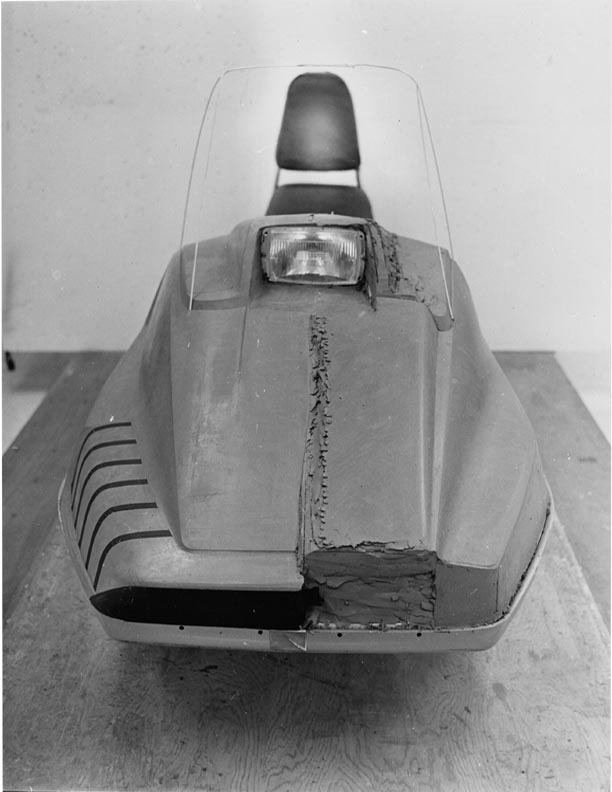
Here is a photo of one of the last clay mock-ups before Kawasaki
took over.
